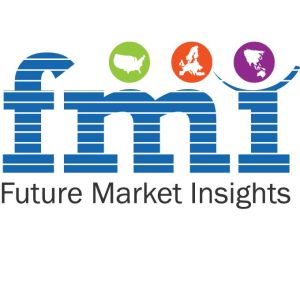Ceramic Lining Market Growth, Trends and Value Chain 2018-2028Posted by vakhas on February 7th, 2019 Introduction Polymer-based lining is the best for the bulk handling of a variety of liquids. However, these linings tend to fail in applications that involve high temperatures or bulk solids, and are likely to cause abrasion & wear. Ceramic lining is mainly used for the storage and handling of materials that include bulk materials, dust or slurries. Alumina-based ceramic lining is the most widely used ceramic lining material for several applications as its wear resistance is on the higher side and is second to that of a diamond. Moreover, alumina-based ceramic lining can be cast in several shapes and sizes at a high melting point, high mechanical strength and high hardness. Maintenance in heavy-duty applications can be radically reduced with the usage of ceramic lining as it gradually reduces downtime and improves efficiency & productivity, thereby marginally reducing the operating cost. Ceramic lining materials offer numerous benefits throughout their scope of applications. Ceramic lining maintains a smooth surface structure while providing abrasion and wear & corrosion resistance. Moreover, ceramic lining offers high heat resistance and possesses high tensile strength. Ceramic lining materials exhibit a lower value for thermal expansion as compared to plastics & metals and hence, are better alternatives for high temperature applications. Ceramic lining also exhibits a longer service life. Request For Sample @ https://www.factmr.com/connectus/sample?flag=S&rep_id=2023 Ceramic lining is likely to be bonded by adhesives, bolts or rivets to the substrate material. Several factors, such as the particle size of the product, volume of the flowing material, velocity, impact abrasion, etc., should be taken into consideration while using ceramic lining. Ceramic Lining Market: Dynamics Ceramic lining is considered to be very cost-effective and has proved to be profitable to end users. Owing to its ability to improve the service life of processing equipment by well over 15-20 times, the ceramic lining market is expected to continue to grow throughout the forecast period. The surge in the end-use segments, especially the mining & metal processing and cement industries, is also expected to boost the ceramic lining market. Growth in the population as well as the construction industry worldwide is also expected to contribute to the growth of the ceramic lining market. Among polymer linings, solvent-borne linings outperform waterborne and powder-based linings. However, environmental policies are likely to prevent end users from adopting waterborne and powder-based linings, and ceramic lining is expected to act as a potential alternative. This is also expected to significantly boost the ceramic lining market. However, the availability of alternative materials is likely to hamper the growth of the ceramic lining market. Rubber lining materials and refractories exhibit similar or better properties as compared to ceramic lining, and are used as substitutes to ceramic lining. Like it? Share it!More by this author |


